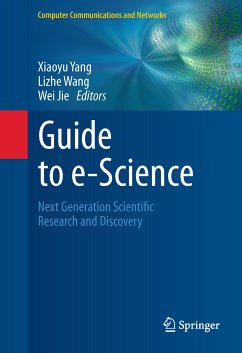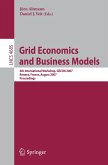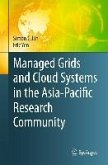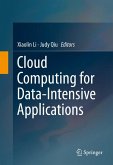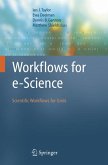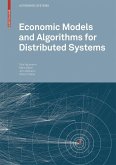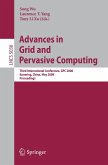This essential guidebook on e-science presents real-world examples of practices and applications, demonstrating how a range of computational technologies and tools can be employed to build essential infrastructures supporting next-generation scientific research. Each chapter provides introductory material on core concepts and principles, as well as descriptions and discussions of relevant e-science methodologies, architectures, tools, systems, services and frameworks. The guide's explanations and context present a broad spectrum of different e-science system requirements.
Topics and features:
- Includes contributions from an international selection of preeminent e-science experts and practitioners
- Discusses use of mainstream grid computing and peer-to-peer grid technology for "open" research and resource sharing in scientific research
- Presents varied methods for data management in data-intensive research
- Investigates issues of e-infrastructure interoperability, security, trust and privacy for collaborative research
- Examines workflow technology for the automation of scientific processes, and that ensures the research can be reusable, reproducible and repeatable
- Describes applications of e-science, highlighting systems used in the fields of biometrics, clinical medicine, and ecology
This highly practical text/reference is a "must-have, must-use" resource for both IT professionals and academic researchers. Graduate students will also benefit from the experiences and viewpoints shared by the authors on this important subject, as well as the instructional nature of this guidebook.
Dr. Xiaoyu Yang is a research engineer in theSchool of Electronics and Computer Science at the University of Southampton, UK. Dr. Lizhe Wang is a research scientist in the Pervasive Technology Institute at Indiana University, Bloomington, IN, USA. Dr. Wei Jie is a lecturer in the School of Computing at Thames Valley University, London, UK.
Dieser Download kann aus rechtlichen Gründen nur mit Rechnungsadresse in A, B, BG, CY, CZ, D, DK, EW, E, FIN, F, GR, HR, H, IRL, I, LT, L, LR, M, NL, PL, P, R, S, SLO, SK ausgeliefert werden.

